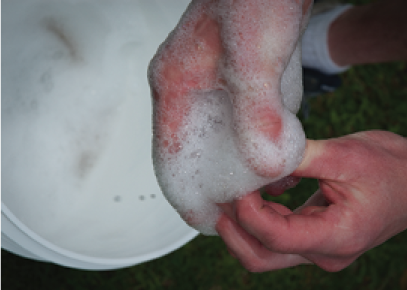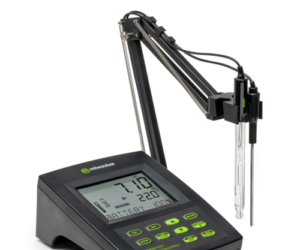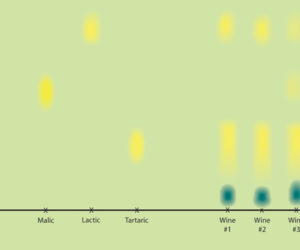
Many problems in homemade wine can be traced back to the smallest of sources — wild yeast and bacteria, and in some ugly cases, mold. Ever important and yet still sometimes overlooked, cleaning and sanitizing should be a part of every step along the way to making wine. If you have had a wine with volatile acidity, off odors or off flavors, or any other kind of mysterious problem with your finished wine, there’s a chance it could have been prevented with a more thorough cleaning and sanitizing routine.
It is important to recognize that cleaning and sanitizing are two different, yet equally important, tasks. Cleaning involves removing visible dirt so that your equipment looks clean, and sanitizing takes it a step further and kills yeast, bacteria and other microorgan-isms that escape detection from the naked eye. For each piece of equipment that will come into contact with the must or wine, it is important to first clean it and then sanitize it. It is also important to clean and sanitize your equipment after you are done with it, which will make repeating these steps before their next use that much quicker and easier as there will not be any hard-to-remove residue.
If you took the time to clean and sanitize your equipment after using it last, then cleaning will be made easier now and can be done simply with fresh warm water and a rag or brush (don’t forget that just adding cleaning solution and letting it soak often does not remove everything that is stuck on, as Tim Vandergrift’s “Wine Kits” column explains in further detail). For tougher grime, you may need a suitable detergent, such as Bar Keeper’s Friend, Powdered Brewery Wash (PBW), One Step (a no-rinse cleaner) or another product. It is important to remove any dirt or residue from the surface because sanitizer will not get beneath any crud that is stuck on — leaving any micro-organism that is making a home be-neath it to spoil your wine. Do not use steel wool, as it can scratch the surface, creating tiny places for microorganisms to hide, as well as leave traces of steel particles embedded in the surface. Another worry about using steel wool on stainless steel equipment is tiny particles becoming embedded in the equipment and rusting, and once rust breaches the protective chromium layer of stainless steel, your equipment will also rust.
Sanitizing should be done immediately before using any equipment that will come in contact with your must or wine so you do not allow time for spoilage organisms to return.
There are a number of different and effective sanitizing products on the market to choose from. The most common is potassium metabisulfite, but other options include iodine-based products such as IO-Star, acid-based products such as Saniclean or Star San (which has the benefit of not requiring a rinse afterwards), B-Brite, boiling water, or chlorine. Chlorine is more of a last resort for many home winemakers. It has the advantage of already being available in most households, but using it will require you to do a thorough rinse of your equipment with hot water to ensure no chlorine is left behind. Just small traces of chlorine can impart off tastes and aromas in wine, including the dreaded TCA — aka “cork taint.”
Whichever products you choose, be sure to use them according to the packaging instructions, which will tell you how much to use and how long to use them. For more in-depth information on cleaning and sanitizing, check out Daniel Pambianchi’s “Keeping it Clean” column in the June-July 2012 issue of WineMaker.






